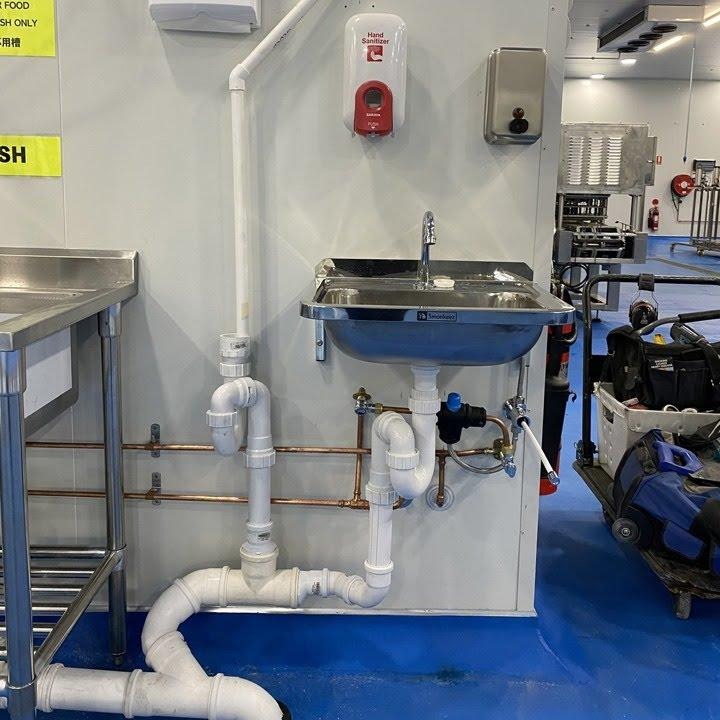Designing a custom home is one of the most personal and rewarding journeys a homeowner can take. It is not just about choosing finishes or layouts. It is about shaping a space that reflects your values, lifestyle, and long-term vision. While the process may seem daunting at first, understanding each phase can help you navigate it with confidence and clarity.
Everything begins with a conversation. Architects or designers will sit down with you to explore your goals, preferences, and budget. This is where your ideas start to take shape. You might bring inspiration photos, sketches, or simply describe how you want to feel in your future home. The design team will ask questions that go beyond aesthetics. They will want to understand how you live, what matters most to you, and how your home can support that.
Once the initial concept is outlined, the team moves into schematic design. This phase involves rough floor plans, elevations, and spatial layouts. You will begin to see how rooms connect, how natural light flows, and how the home sits on the land. It is a collaborative process, with revisions and refinements along the way. The goal is to create a design that feels both beautiful and functional.
After the design is finalized, the next step is preparing detailed construction documents. These include technical drawings, specifications, and engineering plans that builders and local authorities will use to assess the project. This phase is meticulous and often time-consuming, but it is essential for ensuring that your vision is accurately translated into reality.
At this stage, you will also begin the approval process. Depending on your location, this may involve submitting plans to local councils, zoning boards, or environmental agencies. Each jurisdiction has its own requirements, and your design team will guide you through them. Sometimes, adjustments are needed to meet regulations. These changes can feel frustrating, but they are part of building responsibly and legally.
It is also during this phase that you will finalize selections for materials, fixtures, and finishes. These choices impact not only the look of your home but also its performance and longevity. Whether you are choosing reclaimed timber flooring or high-efficiency windows, each decision adds a layer of personality and purpose.
Once approvals are secured and documentation is complete, the project transitions to the builder. This handover is a critical moment. It marks the shift from planning to execution. Your builder will review the plans, confirm timelines, and begin site preparation. Depending on the complexity of your design, construction may take several months to over a year.
During this phase, communication remains key. Regular site visits, progress reports, and updates help ensure that the build stays aligned with your expectations. While the design team may step back, they often remain involved to answer questions or resolve issues that arise on site.
Watching your customized home designs come to life is deeply satisfying. Walls go up, finishes are installed, and the abstract becomes tangible. It is not just a structure. It is a reflection of your journey, your choices, and your story.
As construction wraps up, the builder conducts a final walkthrough to identify any last adjustments. This is your chance to inspect the home, ask questions, and ensure everything meets the agreed standards. Once complete, you receive the keys and step into a space that is entirely your own.
Designing a custom home is not a linear path. It is a layered experience filled with decisions, discoveries, and moments of transformation. From the first sketch to the final handover, each phase plays a vital role in shaping a home that is uniquely yours.
Whether you are dreaming of a coastal retreat or a modern urban sanctuary, investing in customized home designs allows you to create something truly meaningful. It is not just about building a house. It is about crafting a place where life unfolds with intention and joy.




Want to add a comment?